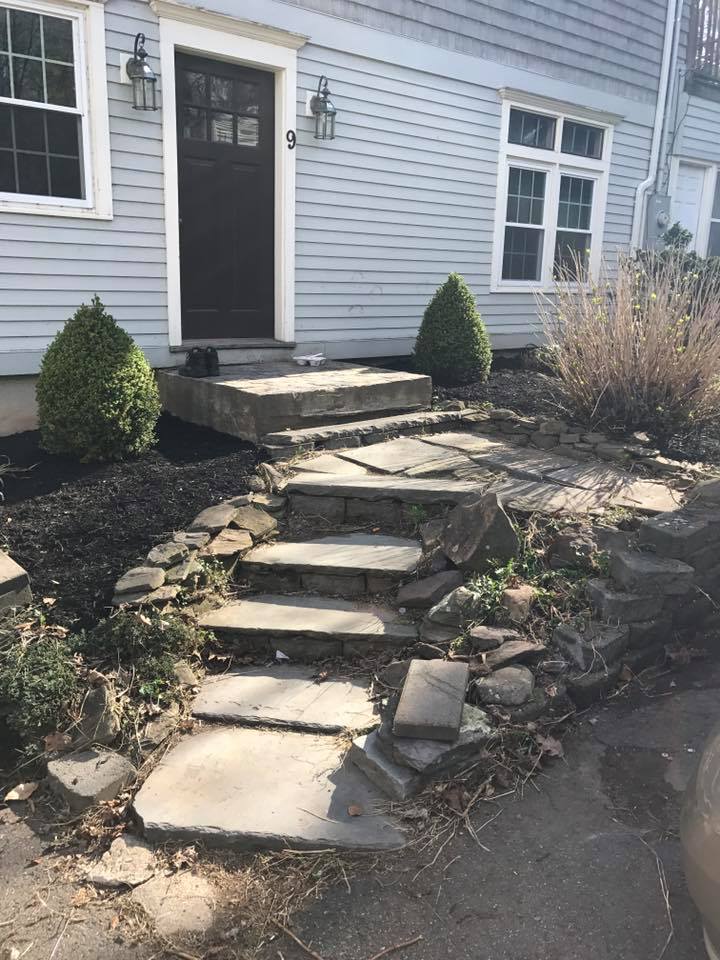
Guide to Sustainable Landscaping: Eco-Friendly Practices for a Greener Yard Oct 10, 2025
Sustainable landscaping is about creating an outdoor space that thrives on its own, reducing the need for excessive water and chemicals. The first step in this process is choosing native plants. Native species are naturally adapted to your region’s climate and soil conditions, requiring less maintenance and resources. They are more resistant to local pests and diseases, minimizing the need for chemical pesticides. This choice benefits local wildlife, providing habitats for birds and pollinators like bees and butterflies.
Water conservation is a critical aspect of sustainable landscaping. Installing a rainwater harvesting system can significantly reduce water use by capturing and storing rainwater. You can also implement drip irrigation systems, which deliver water directly to the plant roots, minimizing evaporation and runoff. Mulching is another effective practice, as it helps retain soil moisture, suppress weeds, and prevent soil erosion. Organic mulch such as wood chips or straw enhances soil quality as it decomposes, providing natural nutrients to your plants.
Soil health is fundamental to a thriving landscape. Opt for organic fertilizers or compost to nourish your soil naturally. Composting not only enriches the soil but also reduces waste, as kitchen scraps and yard waste are transformed into valuable organic matter. Soil tests can guide your planting, ensuring you meet the nutritional needs of your plants without over-fertilizing.
Designing with energy efficiency in mind can also contribute to a sustainable yard. Proper placement of trees and shrubs can offer natural shade, reducing the need for air conditioning during warmer months. In winter, these same plantings can act as windbreaks, lowering heating costs. Consider hardscaping elements like stone patios or walkways that help reduce grassy areas needing frequent water and maintenance.
Finally, rethinking your lawn can lead to significant environmental benefits. Traditional grass lawns require regular watering, mowing, and fertilizing. Consider alternatives such as ground covers, which need less water and maintenance, or create a meadow with a variety of wildflowers that support biodiversity. If a traditional lawn is essential, practice responsible care by mowing at the correct height to increase drought tolerance and using electric lawn equipment to reduce emissions.
In conclusion, adopting sustainable landscaping practices creates a resilient and low-maintenance yard that supports the environment and enhances your property’s appeal. At KMK Property Maintenance, we specialize in transforming outdoor spaces into eco-friendly havens that reflect your commitment to sustainability. By integrating native plants, conserving water, enhancing soil health, and maximizing energy efficiency, you can create a landscape that is not only beautiful but environmentally responsible. Embrace these sustainable landscaping practices to enjoy a greener, healthier yard for years to come.
/filters:no_upscale()/media/2445556d-c9df-4fa6-801b-3e9ba7a6004f.jpeg)
/filters:no_upscale()/filters:format(webp)/media/dece4eb5-a961-4380-b791-2a6b1d09f20b.jpeg)